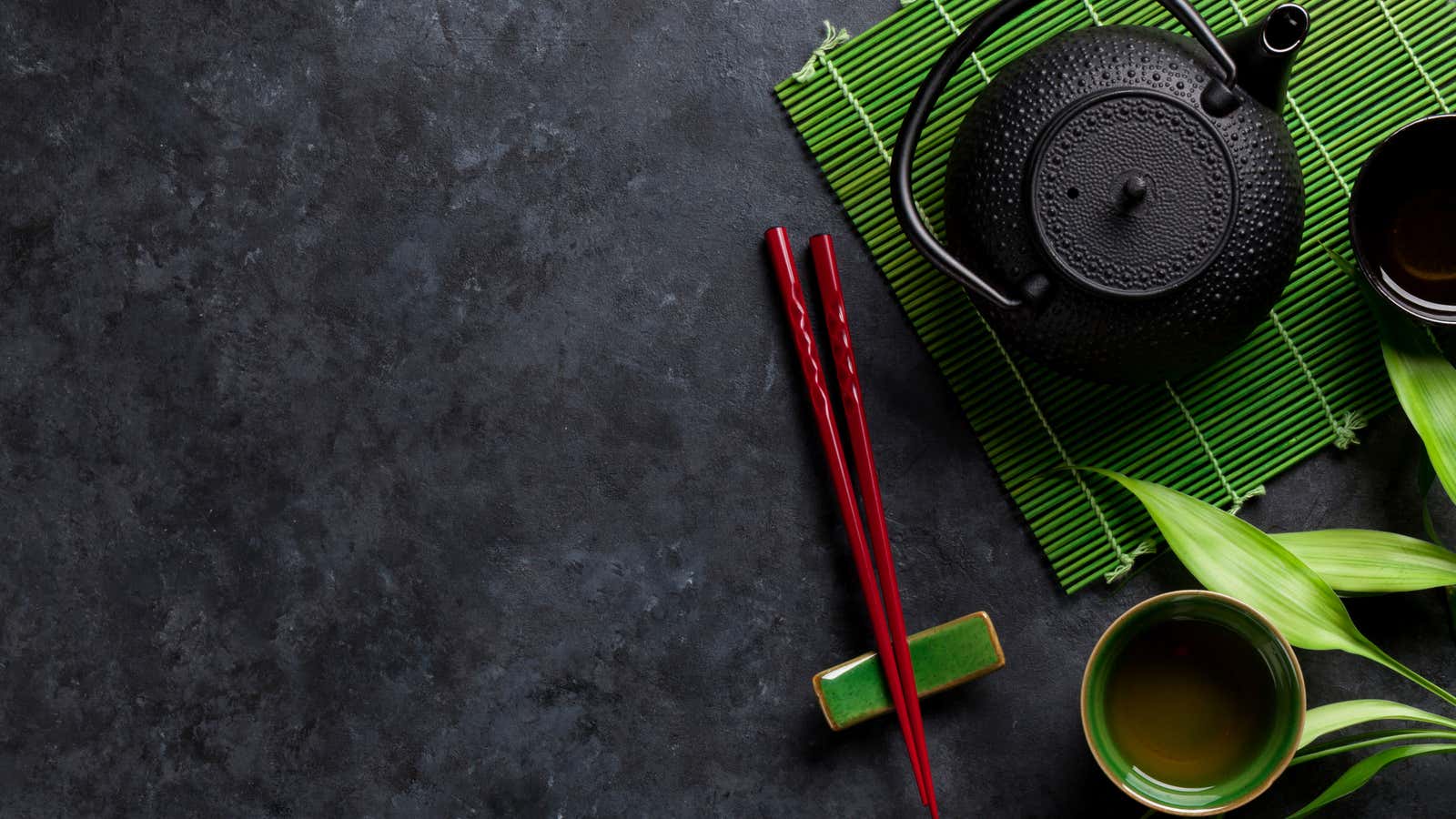Use Chopsticks to Aerate the Soil of Your Indoor Plants

Whether you are a regular houseplant owner who is happy as long as you remember to water it, or you take your plants so seriously that it’s part of your personality, it’s always good to have a few tricks up your sleeve. This is courtesy of MindBodyGreen’s Emma Lowe and includes what you probably already have in your kitchen drawers: chopsticks. Here’s what to do.
Why aerate the soil?
Over time, the soil of your plants can become heavy and compacted with regular watering. According to Loewe :
Observant plant parents have probably noticed that the soil in the pot becomes denser and harder over time. It can even absorb less moisture, leaving small pools of water on the surface. This is the result of a natural process called soil compaction, in which the soil is compressed after repeated irrigation. The compressed soil is full of obstructions that prevent water and nutrients from reaching the roots, so it can ultimately slow down plant growth.
Outdoors, worms can work wonders and break up dirt by adding air on the go. But you probably don’t have worms inside. This is where chopsticks come in handy.
How to aerate soil with sticks
First of all, find out if your plant grows well in hard soil or prefers softer soil. Succulents tend to tolerate compacted soil well, but leafy plants (like philodendrons, monstera, potos, etc.) love the air with their mud.
Darryl Cheng , a plant specialist and author of New Plant Parent , told MindBodyGreen that he uses a chopstick to determine how dense , and in some cases dry, soil has become. If the dirt from the leafy plant has hardened, Cheng gently pokes a chopstick into the ground until it reaches the bottom of the pot, then wiggles it to add some air. Two or three chopsticks around the perimeter of the plant are sufficient.
But if you find that the chopstick is caught on something, find a new spot because you may have touched the roots. If this happens, don’t worry too much about it, because the roots are pretty strong. After you’ve introduced some air, it’s time to water the plant.